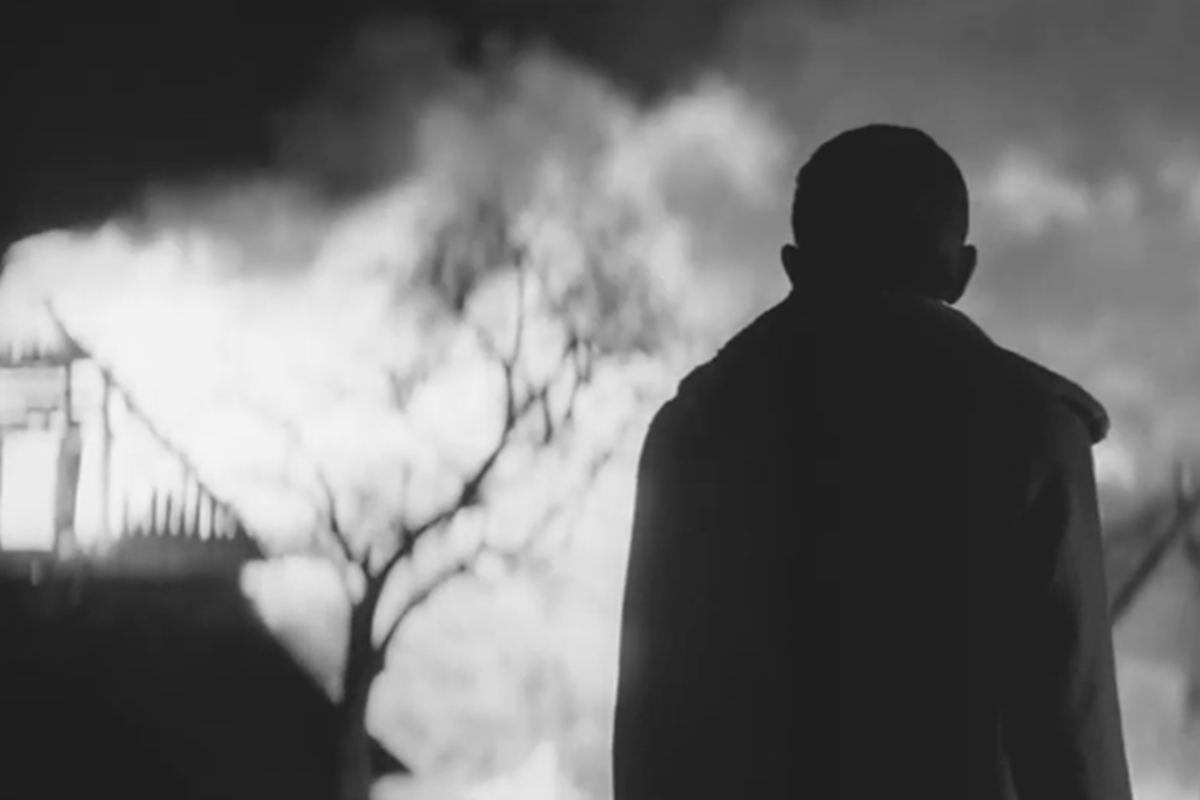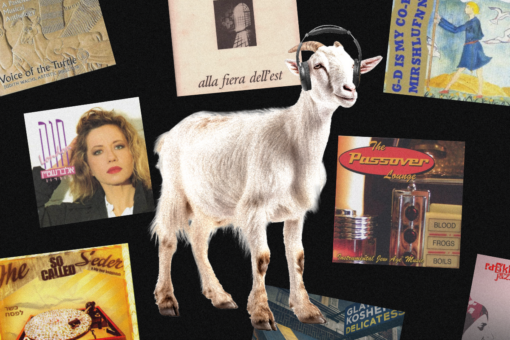My 10th grade English class was assigned The Painted Bird by Jerzy Kosiński during a brief unit on Holocaust literature. We were warned by older students who had taken the class in previous years that this book would give us nightmares. Despite the warnings, I was caught off guard by the book’s relentless carnage, and found myself haunted throughout the school day. In particular, the scenes of sexual violence, child abuse, and animal abuse calcified in my mind for years.
As an adult, I’ve dedicated myself to research in the Holocaust studies field and now have a better understanding of the value of witness in this particular account of atrocity. But, I’d sooner recommend about a hundred other memoirs and novels before I do The Painted Bird, especially for young readers.
Nevertheless, I was curious about the Czech film adaptation of The Painted Bird by Václav Marhoul that has been sweeping through independent film festivals last year and this year (it just won the Critic’s Prize at the Miami Jewish Film Festival). If you’re curious, too, let me save you some time and energy. (Some spoilers ahead.)
The protagonist of The Painted Bird is The Boy, a Jewish child who becomes lost in the Eastern European countryside. This particular adaption is a stark, quiet, black-and-white production, and the audience follows the boy from one village to another, where he witnesses or is subjected to one horror after another. Name a cruelty — rape, enucleation, more rape — and it happens in The Painted Bird. Every scene is a vignette in a contorted descent into wretchedness.
Some say the film is beautiful, a masterpiece exploration of the darkness in human nature — Xan Brooks of The Guardian described it as “monumental.” Many others have walked out of theaters, and the film has garnered a reputation as being controversial.
To its credit, The Painted Bird defies some classic Holocaust tropes. There is no triumph over evil, no liberation from suffering, and there are certainly no gentile saviors. Instead, we are served an amoral plane of existence that is perhaps closer to the era’s reality, one where the gentiles are far from righteous, and The Boy survives (albeit barely) despite them.
What happens when all we are left with is our trauma? And what happens when that trauma makes for someone else’s really good movie?
More inured audiences may feel an obligation to watch the bloody vignettes unfold. After all, we must not forget. There is something soothing in self-flagellation, as a searing alternative to the redemptive narratives of The Reader, The Zookeeper’s Wife, The Boy in the Striped Pajamas, and so many other American films about the Holocaust. The problem with these is that they present a Pollyanna’s history where you couldn’t swing a cat without hitting a righteous gentile. More common were the “ordinary men” who massacred villages (or pushed the papers that led to the massacres) and then went home to their wives and children and charities.
On the other hand, the problem with The Painted Bird is that it puts front and center unfiltered Jewish suffering at the hands of non-Jewish neighbors, and then makes it art house.
It is painful to see my community’s trauma trotted out whenever a director is looking to make a gritty war film. I don’t think it’s a coincidence that sexual violence lies at the heart of so many of The Painted Bird’s most brutal scenes. We can say that was hard to watch and then pat ourselves on the back for sticking through it all. Witness itself is important, but how we witness and what we do after are just as crucial.
There is something deeply unsettling about a Holocaust film adapted from a Jewish writer’s book made with very few Jews involved (Harvey Keitel, who plays the role of The Priest, is the only person in the production who openly identifies as Jewish). There is something even more unsettling about that film being made in a region that was systematically emptied of its Jewish population, where today Jews are thought of as largely disappeared, and where those who remain face rising anti-Semitism.
Václav Marhoul also made the creative choice to have the film’s sparse dialogue be spoken in a Slavic Esperanto, so that while it would be intelligible by Eastern European audiences, no one country could be singularly blamed for the atrocities depicted. But the danger of this is that European audiences will never associate the film’s characters and events with their own ancestors, who were both victim and accomplice. This is poor timing; countries such as Poland, Lithuania, and Russia are actively denying their role as collaborators — or at the very least, bystanders — in the mass destruction of Jewish life, on the grounds that they were solely victims of Nazi domination. To quote Brianna from Netflix’s Grace and Frankie, “Two things can be true.” The characters of The Painted Bird are the kinds of victims that step on each other to climb closer to Tantalus’s fruit tree, forever just out of reach.
The Painted Bird is a loyal adaptation. I don’t necessarily mean that as a compliment. It preserves not just the details of the horrors of the Bloodlands, but the possibility of those horrors’ limitlessness. Perhaps Václav Marhoul did this story justice, and perhaps it was never his story to tell. Two things can be true.
If this is what it takes for non-Jewish audiences to never forget, then so be it. But for those of us who live with the intergenerational trauma of our communities and need no help bearing witness, you may want to save yourself the trouble of walking out of the theater and just stay home in the first place.
Image via trailer for The Painted Bird



